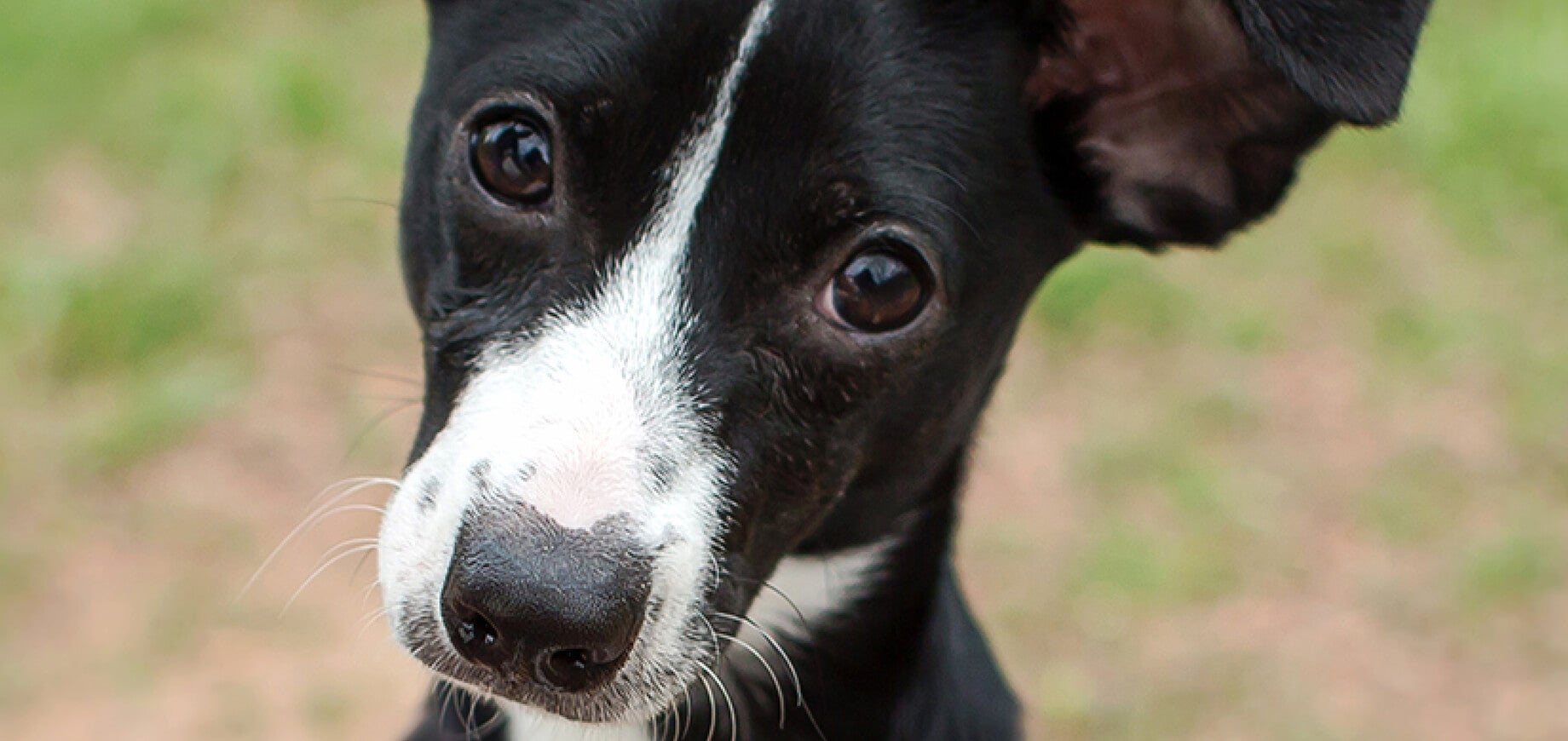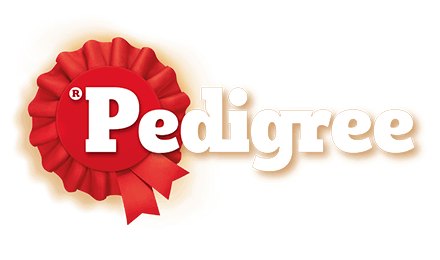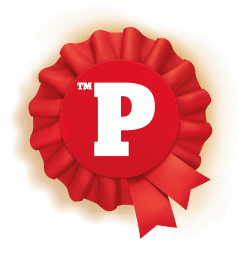Find products that match your dog’s needs

Potty training your dog can be a tad challenging, but it's a pretty achievable task! While some dogs are quick to catch on, others might need a little extra patience and love. Be prepared for a few accidents along the way, especially during the initial stages of the training period. But don’t worry, it's all part of the learning process! Your furry friend will eventually learn to poop in the designated spot.
When it comes to potty training a dog, consistency is key. Set up a routine, take your pup outside frequently, and lavish it with praises and treats for doing its business in the right area. However, you must keep a close eye on its behaviour and supervise it to avoid any surprises inside your home or even worse… on your couch. With a positive attitude and consistent efforts, your canine companion will soon become a pro at doing its business in the designated place!
Potty training your puppy can be a tedious job, however, with the right techniques, it can get a bit easier. So, here are a few pawsome ways to train your pooch to stop dropping surprises around the house:
Since dogs enjoy being in enclosed areas, crates are like their cozy den. Hence, your pup will instinctively avoid soiling its living area. Make use of a crate that’s spacious enough for your pup to comfortably sit, stand, and turn around. Take it outside to the designated potty spot immediately after releasing it from the crate. With time, your pooch will learn to hold its bladder and wait until it is outside for bathroom breaks.
To employ this method, you will need puppy pads or newspapers. These props will help you conquer the intermediate step before transitioning to outdoor potty training. Start by placing the pads or a paper at a specific area indoors, ideally somewhere near your house exit. Place your pooch on the pad and encourage it to poop every time you anticipate an urge to poop. You can gradually move the paper closer to the door and eventually outside, smoothly transitioning to outdoor potty training. With this method, you teach your puppy to associate a specific prop for excretion.
This method involves directly training your puppy to eliminate outside in a designated potty spot. As a puppy parent, you need to establish a consistent schedule for outdoor bathroom breaks. These could include post meals, playtime, and waking up. Take your puppy to the outside potty area on a leash. Use a verbal cue and encourage it to do its business. Reward your pup with dog treats and praises when it successfully defecates there. You must know that this training method requires extra patience, consistency, and diligence.
Let’s go through a comprehensive guide on potty training a puppy:
The first step to potty training a puppy is to get a crate that best fits your puppy. A crate can serve as your pooch’s safe haven, providing a cozy and comfortable space. Introduce your puppy to the crate gradually to make it a positive and inviting environment. However, do not force it to enter the crate.
Maintain a schedule for your puppy's potty breaks. Activities like eating, drinking, and playing can trigger the need to go potty; hence, observe your furry friend’s day-to-day routine. Based on its schedule, plan regular trips to the designated potty area, so your little best bud has ample opportunities to relieve itself.
Once you take your puppy to the designated potty spot, give it time to sniff around and explore. Be patient and give your pooch a few minutes to see if it needs to excrete. Sometimes, dogs need a little extra time to get into the right zone for their potty business.
Once your fur baby is done with its potty business, indulge in playtime! Reward it with a fun game or simply have a joyfully warm moment together. Make the post-potty time a positive and enjoyable experience. This helps your puppy associate potty time with something fun and exciting, creating a positive reinforcement loop.
It is impossible for dogs to communicate with us in words. However, they make multiple attempts to express their feelings. Hence, as a dog parent, you should learn to read them. Here are a few common signs that your puppy wants to poop:
As a dog parent, you must know that every puppy is unique, and they might all have a different way of communicating their urge to pee or poop. Hence, it is imperative for you to observe and understand your puppy's body language. By being attentive and responsive, you show your fur baby that you love and care for it.
While we all know how to potty train a puppy, a lot of dog parents are clueless about how to react if their puppies have accidental oopsies. Let’s understand the right thing to do during such instances:
Now that you know the tips and tricks on how to potty train a puppy, you can easily get to business. However, make use of positive reinforcement methods with treats, playtime, and praises. With lots of love, patience, and practice, your fur baby will be potty trained in no time. However, do not forget to add a sprinkle of fun to the overall process.
Yes. An 8-week-old puppy can be easily potty trained as they are still at the growing stage.
Puppies tend to poop in the house if they are not properly trained. Sometimes, even trained pups end up defecating inside if they haven't spent enough time outside.
When puppies want to pee or poop, they exhibit multiple signs like sniffing and circling around, barking, squatting, and pacing. Observe your puppy and learn its body language for better communication.
Puppies generally defecate 5 to 6 times a day. Some might poop even more frequently. However, the frequency of your pet eliminating reduces as it matures.

Find a PEDIGREE® stockist
near you!
Buy online
Click to buy from any of the retailers below

